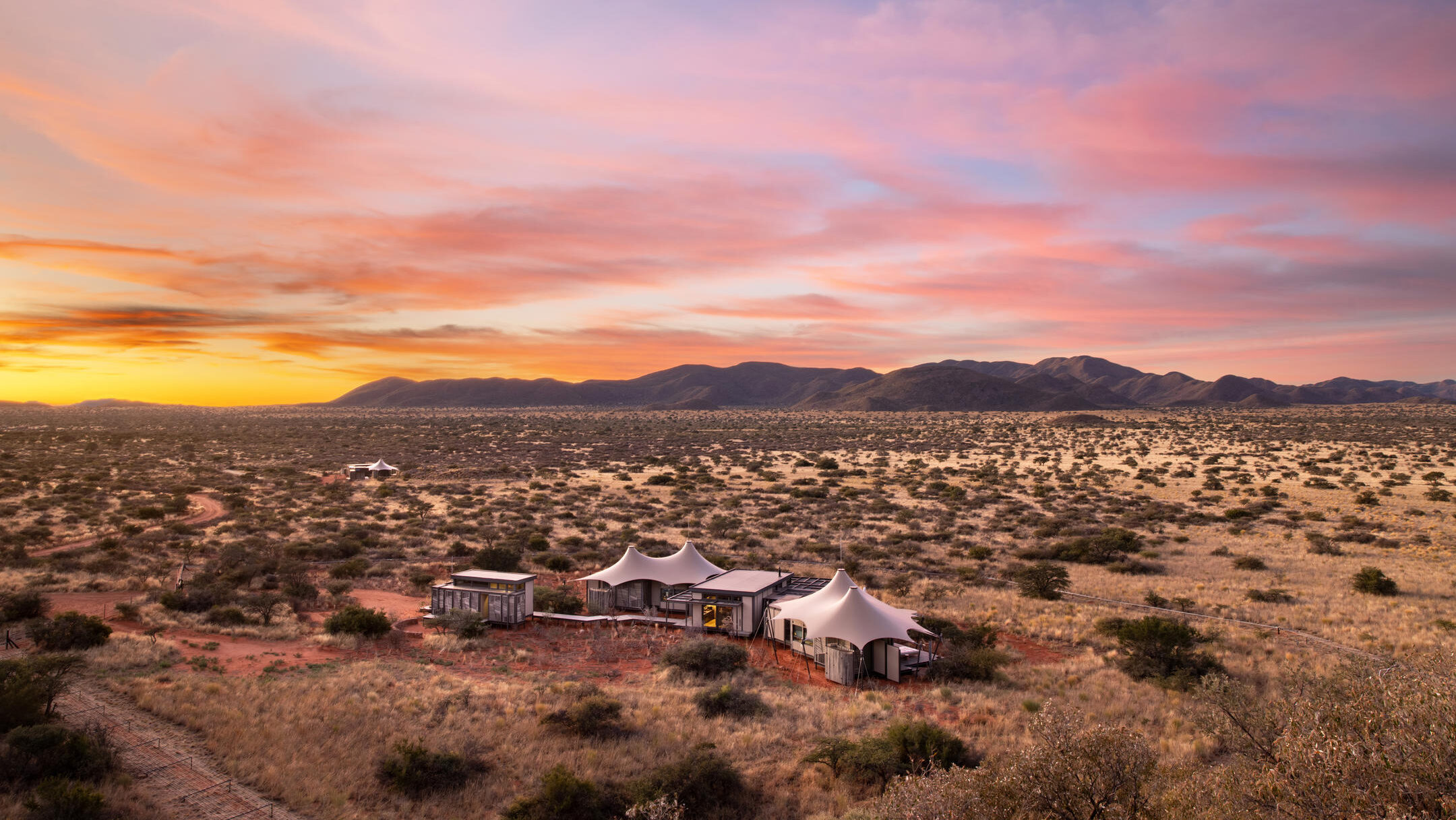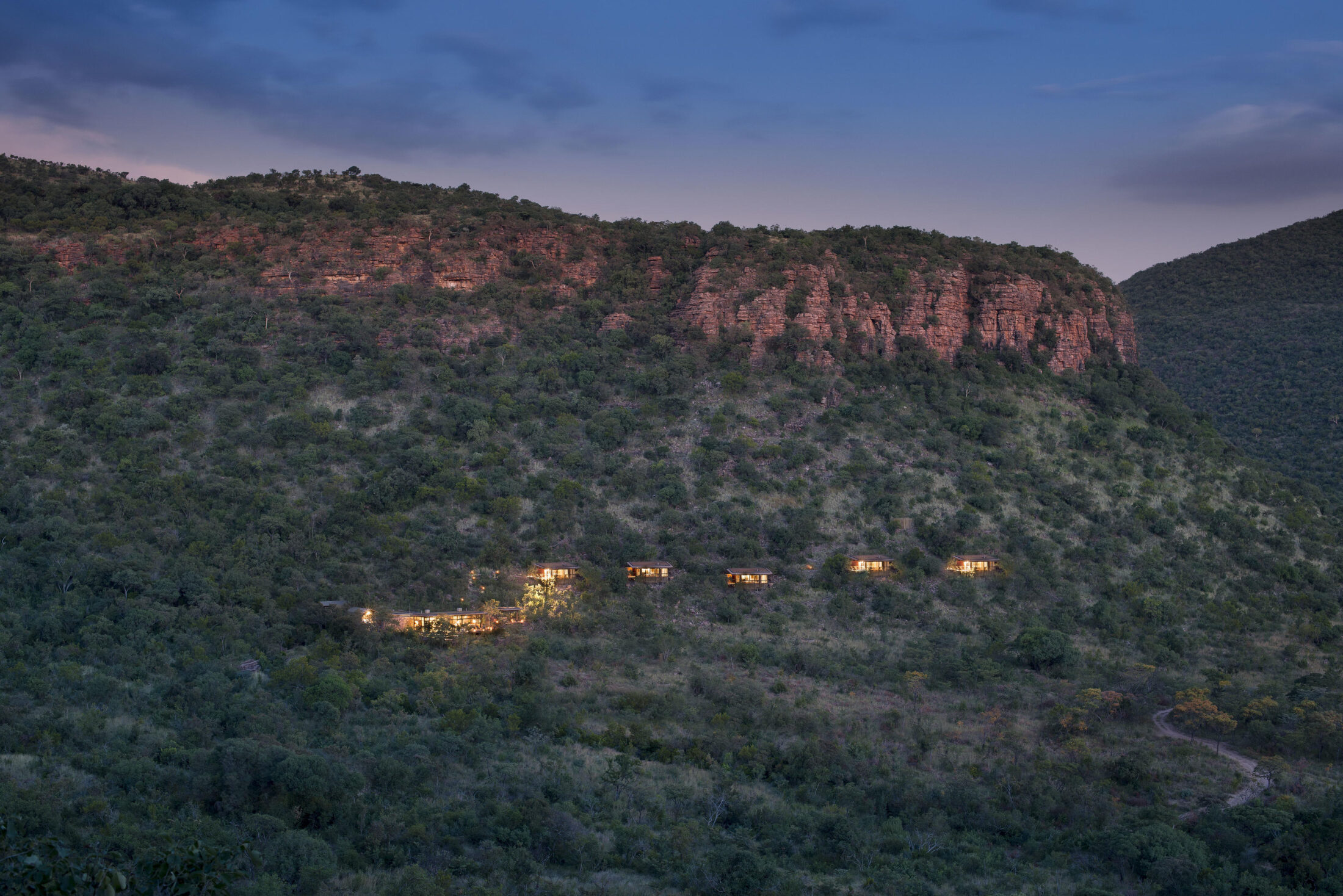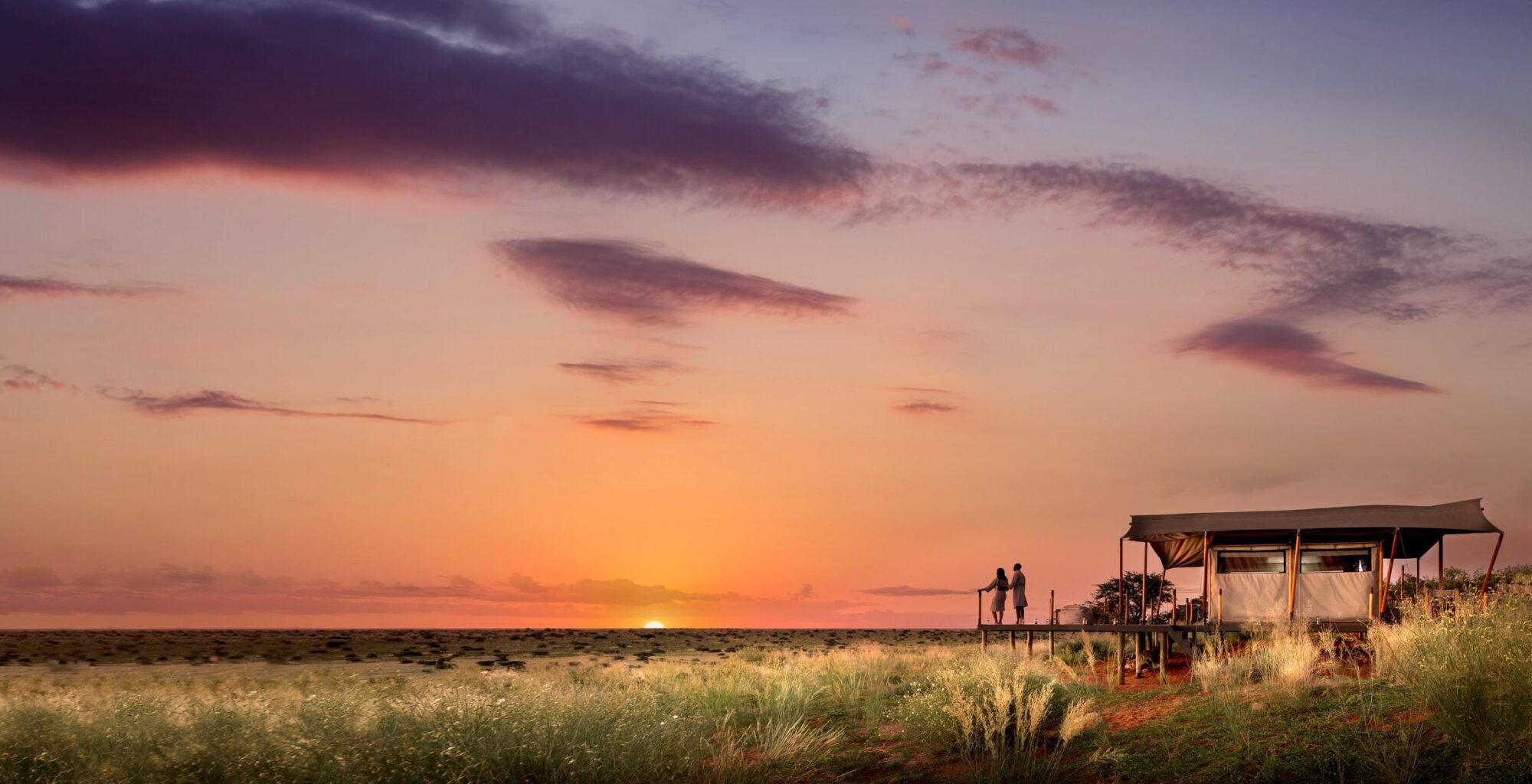Inspired by the ancient Greek elements of water, earth, fire, and air, Hannah Rayner takes us on the lion’s share of a trip — which she calls her Big Picture Adventure — from Cape Town and the Cape Winelands, on to Walker Bay, to Tswalu Kalahari, and across to Marakele and Thornybush Game Reserve.
Classic | South Africa
Elemental, my dear traveller
Ancient Greek religion, philosophy, mathematics, and art have served as the foundation for so much of what we think or believe, having to a lesser or greater extent influenced the Egyptians, Romans, early modern Europeans, you name it. Its widespread influence is a testament to ancient Greek’s extraordinary understanding and speculation on the ways and workings of the world and all it holds. Indeed, it has persisted even when wrong, which is where we arrive at the durability of the Greek concept that the world in all its complexity is comprised of four elements: earth, water, fire, and air. Forgive me the stretch, but I’ve taken the liberty of applying the paradigm to a wonderful and all-encompassing trip in South Africa.

Going Water
For me, the Cape offers travellers a mix of some of the most sophisticated, luxurious, and exhilarating ocean experiences, especially when combining the style and intimacy of Relais & Chateaux’s Ellerman House with the adventure of Coot Club. A converted manor house, Ellerman has sweeping views of the ocean, specialises in making its guests feel extraordinarily welcome, and is just the start to any South Africa trip in Cape Town. Coot Club, meanwhile, a relatively short drive along the coast from Cape Town, is best visited after enjoying the Cape Winelands (see below), and champions the opportunity to explore Walker Bay, to kayak, waterski, ‘tube’, wild water swim, and whale watch, to enjoy time together adventurously. Think water and everything it means for those of us who have a deep love for the ocean.

Planet Earth
Before heading to Coot Club, however, I wholeheartedly recommend a major decompress and reset at the similarly new(ish) owner-run Sterrekopje Farm, located in the Cape Winelands, which consists of a main house, a cluster of luxurious accommodations, and 50 acres of farmland, offering everything from yoga and massage to pottery and painting to wild swimming and hiking. Described by its ex-corporate owners as at once profound and comfortable, not ‘esoteric or wishy-washy’, but rather a place to reconnect with nature, Sterrekopje (‘starry hill’) is named after the nearest elevation, sits high up in Franschhoek valley, and overlooks a piece of Earth so beautiful as to make you forget where you come from or what comes next. It’s where you let go, be good to yourself, and feel the earth between your toes.

Space of fire
My next stop on this elemental odyssey is Tswalu Kalahari, brainchild of Nicky and Strilli Oppenheimer, South Africa’s largest private reserve, and home to brand new Tswalu Loapi, a collection of six tented super luxe homes set in the middle of the desert, and base from which to explore, take wildlife drives, enjoy romantic desert dinners, meet the reserves famous meerkats, or go on a bush walk. In Setswana, Loapi means ‘space below the clouds’, and it is in this space and its clouds that the light — morning, day, and evening — is of a special nature, its many colours of fire a source of wonder and imagination. I defy anyone who visits here to not feel that this is where the sun and the land first made friends.

Take the air
Almost finally, I urge anyone to go straight from the desert into the mountain air of Marataba Mountain Lodge, which sits along an escarpment in Marakele, a private concession in the foothills of Waterberg Biosphere Reserve. A hiker’s paradise, it is the start and finish point of some unbelievably beautiful walks, whether that’s alongside lion, buffalo, or hippo in the plains below or exploring gorges and riverine trails higher up. Then there’s the opportunity to take part in nearby Maratabe’s rhino conservation experience, accompanying rangers in their track-and-dart operations, which involves taking samples, collecting data, and ensuring the health of the resident rhino population. Take, I say, the air in Marakele: it’s beautiful, can be tailored to suit all types of needs and wants, and is just right as a follow-on from Tswalu. Next stop, Thornybush.

If Hannah’s elements-inspired odyssey has tugged at adventurous hearts in any way, please get in touch. She’d love to share more about any of the above or other destinations that didn’t quite fit the framework. For an itinerary of the whole trip, see her Big Picture Adventure.
